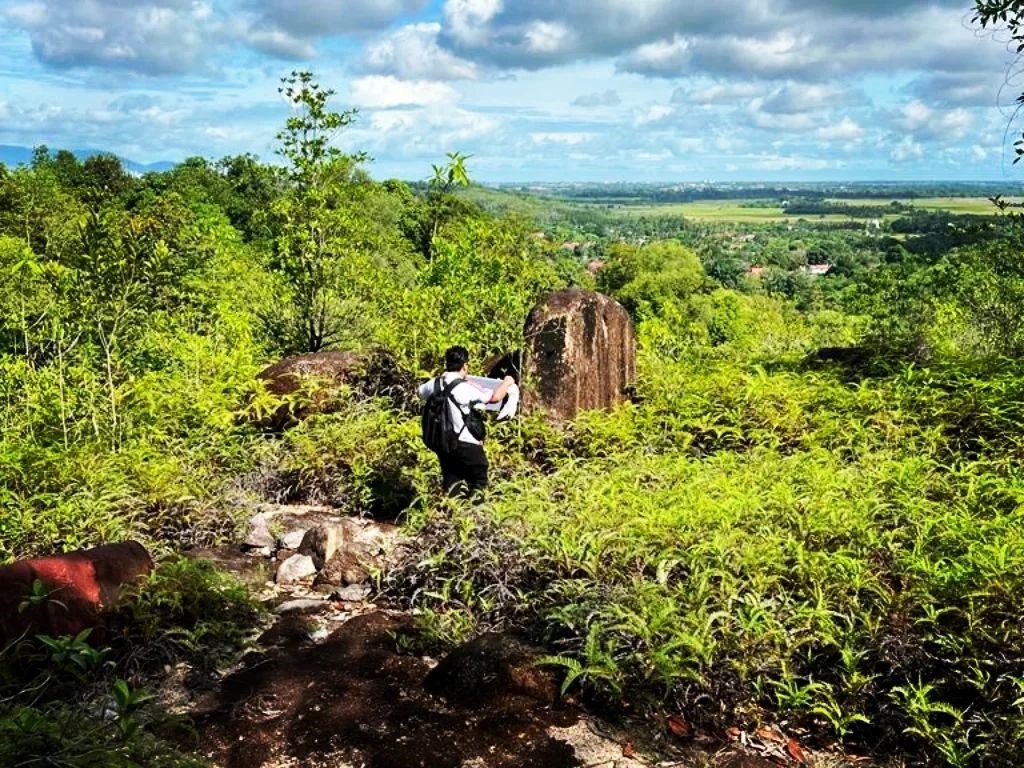Bukit Kota & Bukit Indera Muda: A Former Socio-Political Centre
By Nabil Nadri, Muhammad Amirul Naim Rosmi
June 2025 FEATURE
Nabil Nadri

33, is a researcher at the Department of History and Civilisation, International Islamic University
Malaysia (IIUM), and is currently a PhD candidate
at the Centre for Global Archaeological Research
at Universiti Sains Malaysia (USM). He is passionate about local history, classical literatures and archaeology in order to preserve and spread awareness about these. He is proud of his diverse Malay, Chinese, Indo-Afghan and
Buginese origins.
Muhammad Amirul Naim Rosmi

holds a Bachelor’s degree in Human Sciences from the International Islamic University of Malaysia (IIUM). His areas of interest encompass social history, intellectual history and political thought.




